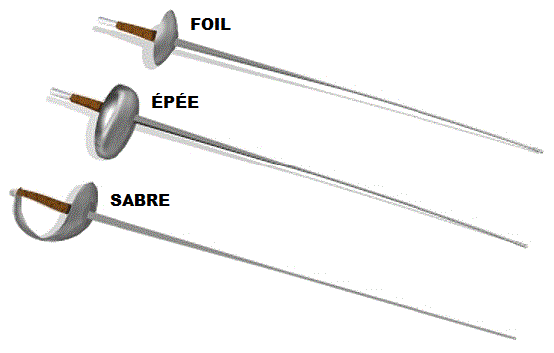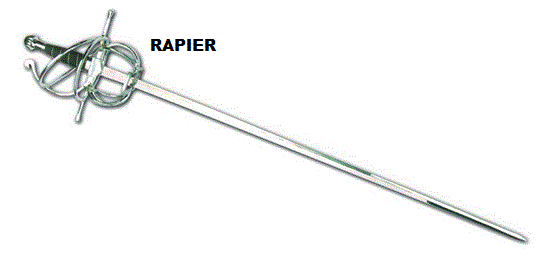I encourage anyone reading this to take a brief glance at the fencing in this video:
This is a sabre bout from the 2012 Olympics. If it looks a little underwhelming, you’re not alone. I could only watch up to about the one-minute mark myself before getting bored and closing the tab. It’s the reason I used the word “brief” earlier. I wouldn’t expect anyone to watch for much longer than I did, and I don’t blame you if you didn’t.
And here’s why.
For those who may not know, modern sport fencing is divided into three forms, each of which puts to use different weapons and rules: épée, foil and sabre. The issue I’m about to discuss applies to really all three. All the blades are electric, and sensors determine when the tip (equipped with a spring-loaded button on foils and épées) or blade (in the case of sabre fencing) makes contact with an opponent. You get points by striking the opposing fencer before they strike you, and, essentially, the person with more points wins.
The equipment can detect the amount of time between the two blades’ valid touches all the way down to 1/25th of a second.
See where I’m going with this?
If the goal of modern sport fencing is to get a touch a mere 25th of a second before your opponent, then what results is two guys bum-rushing each other and rapidly trying to whack the other guy before getting whacked themselves. It doesn’t matter if you get hit—as long as it’s a split second after your opponent does. Just take a look at the above video and see for yourself. Those two are only active for about a second each time before someone gets a touch. For an Olympic-level competition, it doesn’t exactly look like there’s much skill involved.
That’s drastically different than what historical duels entailed, and from which modern sport fencing was clearly adapted, however loosely. Back then, fencers wielded rapiers which were sharp and considerably sturdier than modern weapons, and the most urgent, pressing goal while using them was to avoid getting jabbed with a pointy piece of metal at all costs. Actually stabbing your enemy was an added bonus—defense was the most important thing. It’s why 17th-century rapiers often had intricate basket hilts; your hand, which was the closest thing to your opponent’s pointy blade, needed to be protected. Compare that to the guard of a foil pictured above, which is little more than the bottom of a Dixie cup taped to a car antenna.
While the development of technology is great, getting your electronic equipment as precise as possible does have its downsides. If modern fencing takes away the referee being the sole judge of who wins and replaces them with sensors that are able to measure incredibly small increments of time, then it distances itself from its historical roots. It basically becomes glorified tag with flimsy metal sticks, and who stabs who first is left pretty much up to luck.
That’s why I appreciate Historical European Martial Arts so much (HEMA). It takes armed melee combat into the 21st century while remaining true to its original historical context. Compare this video, for example, to the one at the beginning of this article:
(watch at 0:11 for a better angle)
These guys are moving around two-dimensionally rather than in a straight line, they’re actually parrying and performing skillful, deliberate counterattacks, and, most importantly, they take their time. They don’t instantly rush each other like two 3rd graders foot-racing on the playground.
They might as well make that an Olympic sport, too.























